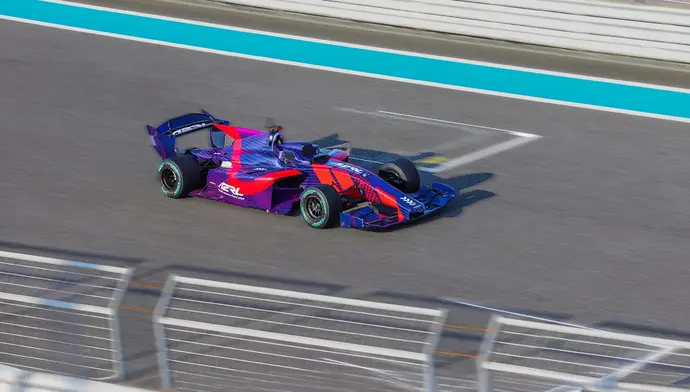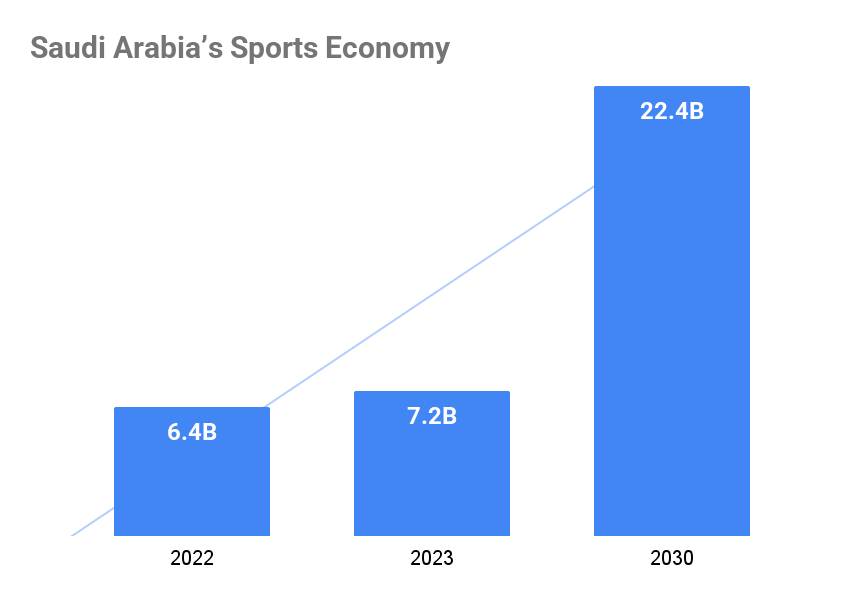A2RL’s Global Debut Signals a New Era for Sports Innovation
The Abu Dhabi Autonomous Racing League (A2RL) made history with its inaugural event at Yas Marina Circuit, drawing over 10,000 spectators and 600,000 online viewers in just 12 hours. With a $2.25 million prize pool and eight elite teams competing in AI-driven Super Formula SF23 cars, the event wasn’t just a spectacle – it was a statement. For Saudi Arabia, this is more than a regional milestone; it’s a call to action for Saudi Sports Tech to embrace autonomous racing as a catalyst for innovation, youth engagement, and global visibility.

Why Saudi Arabia Is Poised to Host the Next Autonomous Racing League
Saudi Arabia has already invested over $6.4 billion into its sports sector, with a growing emphasis on AI, esports, and immersive fan experiences. The Kingdom’s Vision 2030 strategy positions it as a global hub for sports innovation, and autonomous racing fits squarely within that ambition. With existing infrastructure like the Jeddah Corniche Circuit and the upcoming Qiddiya Giga Project, Saudi Arabia has the venues, capital, and strategic intent to host a league like A2RL, or even launch its own.

Saudi Sports Tech Can Leverage A2RL’s Format for Youth and STEM
One of A2RL’s most compelling features was its STEM Challenge, which engaged students aged 14–21 in racing 1:8 scale autonomous cars. Heriot-Watt University took top honors, but the real win was the format itself: scalable, educational, and deeply aligned with Saudi Arabia’s goals to nurture local talent in AI and robotics. Saudi Sports Tech can replicate this model across universities and tech hubs, turning autonomous racing into a national platform for STEM education and innovation.
Challenges: Climate, Regulation, and Talent Localization
Bringing autonomous racing to Saudi Arabia isn’t without hurdles. The Kingdom’s extreme heat poses thermal management challenges for AI hardware and battery systems. Regulatory frameworks for autonomous vehicles are still evolving, and local talent pipelines in AI racing are nascent. However, these challenges are surmountable. With partnerships between Saudi universities, global AI labs, and motorsport bodies, Saudi Sports Tech can build a robust ecosystem that supports both competition and R&D.
Human vs AI: A Spectacle Saudi Audiences Would Embrace
A2RL’s human-versus-AI race, where Formula 1 driver Daniil Kvyat edged out an autonomous car by just 10.38 seconds, captivated audiences. This format—part exhibition, part benchmark—could thrive in Saudi Arabia, where motorsport already enjoys a passionate following. Integrating such races into events like the Saudi Arabian Grand Prix or Riyadh Season could amplify fan engagement and showcase the Kingdom’s leadership in AI-driven sports.
Virtual Reality and Fan Experience: A Saudi Sports Tech Differentiator
A2RL’s use of VR avatars, simulators, and interactive exhibits created a hybrid fan experience that resonated both on-site and online. Saudi Sports Tech can take this further by integrating Arabic-language VR content, culturally tailored avatars, and immersive storytelling into future autonomous racing events. This would not only localize the experience but also position Saudi Arabia as a pioneer in culturally adaptive sports tech.
Also Read: Navigating Saudi Arabia’s Global Sports Rise: Investor & Club Insights

